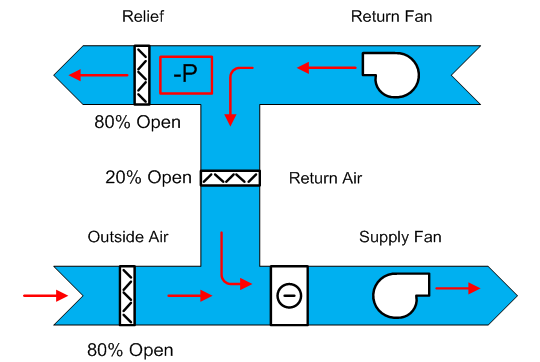I had the good fortune to return to my building engineering design roots in San Francisco to attend Greenbuild 2012. The conference is an amazing confluence of thought leaders, product suppliers and building design and construction professionals gathered around the theme of making the built environment more sustainable. What a cohesive and wonderful concept, right?
Promise Not Met
Why didn’t the conference achieve a feeling of cooperative effort toward a common goal? Perhaps the conference failed at this because it was structured to reinforce a sense that access to green buildings is for the privileged few who can afford it.
I could cite a number of ways that Greenbuild was structured to separate a few privileged individuals from the 30,000 regular attendees. However, I tried that litany in my mind and it sounded like sour grapes. So instead I’ll focus on why this issue is blog worthy.
Flawed Structure
I think one of the areas in which our culture is least resilient is social structure. We have evolved a money-based hierarchy that is both endemic and unsustainable. The USGBC appears to be embracing this hierarchy as they actually recommend in their fundraising literature that chapters develop echelons that include VIPs based solely on financial donations. I get that companies need recognition for their contributions to non-profits, but elevating people associated with big corporate sponsors above the hoi polloi who work at improving buildings every day creates a climate where money is valued over commitment, diligence, integrity, success, etc. This reinforces some of the negative stereotypes associated with LEED buildings, such as green buildings are for the wealthy, you can buy certification and the standards are subject to influence by moneyed interests.
It seems to me that the USGBC needs to examine its practices to ensure it is looking long term at market transformation and not overly focusing on fund raising at the expense of demonstrably living its mission. We as an industry are committed to addressing the environmental issues associated with the built environment. This isn’t an elitist objective and it behooves us all to be inclusive so that everyone feels that they have a place at the table.
Mixed Signals
I don’t agree with the perspective that green buildings are only for the rich. My small firm recently provided LEED consulting and commissioning services for the LEED Gold Certified Community College of Vermont’s (CCV) Winooski Facility – the project was also recently recognized as one of Vermont’s Greener buildings due to its proven energy performance, which is saving the College money every year. This project shows that green buildings work for clients without a huge endowment or a large donor pool. We also recently completed work on an exclusive resort; one of the corporate owners, a major USGBC sponsor at the time, presented at Greenbuild in Atlanta. Shortly thereafter they pulled the project out of the LEED certification system. That project, as expensive as it was to build, has far fewer green features and is not sustainable in comparison with the CCV project. However, the USGBC has organized itself to provide preferred access to individuals associated with the latter project, but not the former. What message does this send to the community? How then can the USGBC expect its community to come to its aid when it is being attacked by other moneyed interests who haven’t yet passed the threshold test for USGBC insider status?
We need our leading green building non-profit association to not only adopt principals of inclusion and social ethos, but also to demonstrate them by moving away from the VIP echelons that it has recently embraced. Money and new, greener products are important elements of sustainable building. But without fostering a cohesive society that equally values all of its members, regardless of their wealth, the green building community fails to provide a true model for sustainability.






